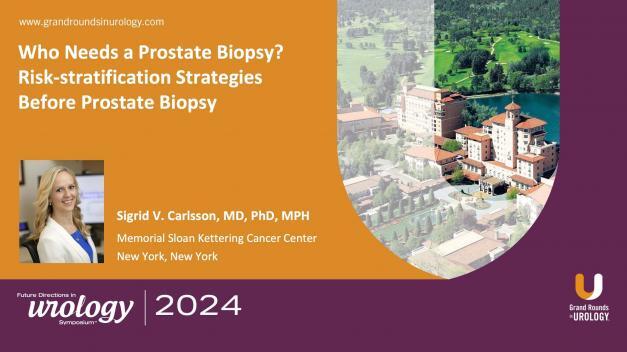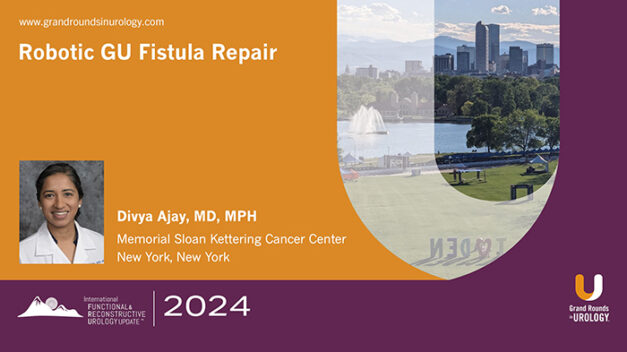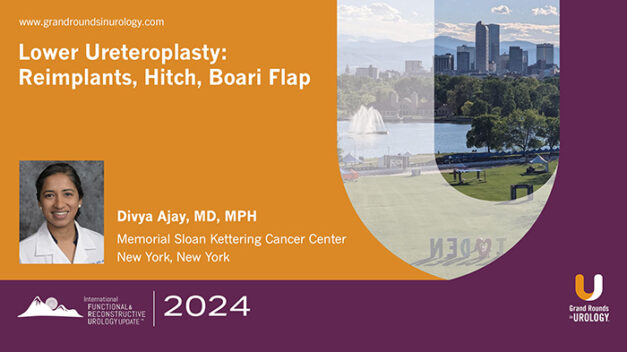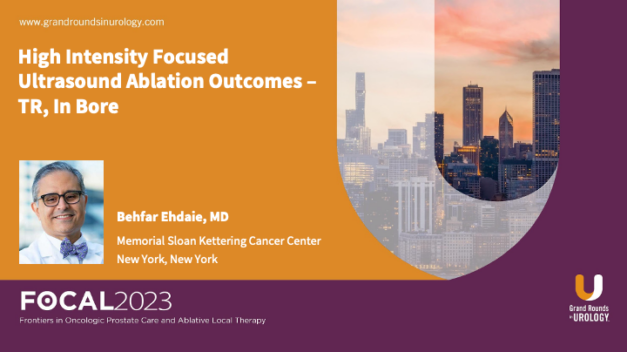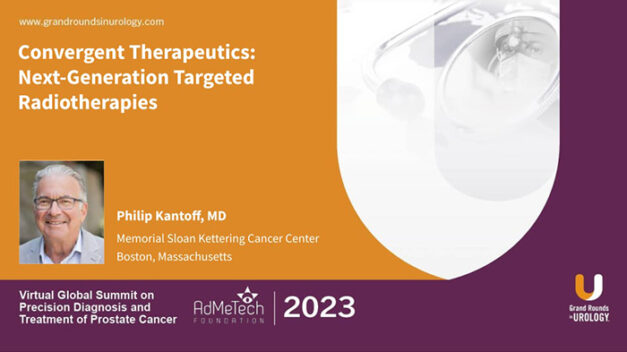Who Needs a Prostate Biopsy? Risk-stratification Strategies Before Prostate Biopsy
Sigrid V. Carlsson, MD, PhD, MPH, discusses the evolving paradigm in prostate cancer diagnostics, moving away from the traditional model where an elevated prostate-specific antigen (PSA) level directly leads to a biopsy. In this 8-minute talk, she emphasizes the importance of incorporating risk stratification methods before proceeding to biopsy, which helps reduce unnecessary interventions.
Dr. Carlsson discusses current guidelines that recommend using MRI as part of the initial biopsy strategy, with a more mandatory role in repeat biopsy settings if it has not previously been performed. Risk calculators provide a cost-effective and accessible means to estimate the likelihood of high-grade disease, further refining the decision-making process.
The presentation also highlights the rapid advancement in biomarkers and the integration of artificial intelligence (AI) in improving MRI interpretation and enhancing prostate cancer diagnostics’ accuracy and efficiency.
Read More
